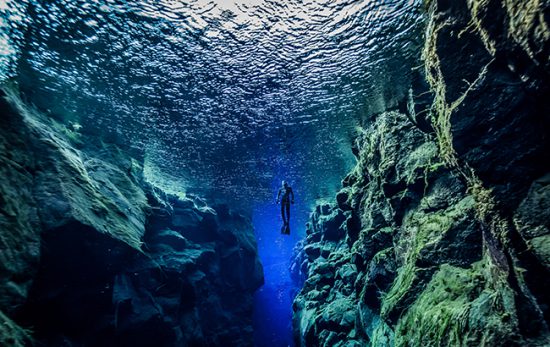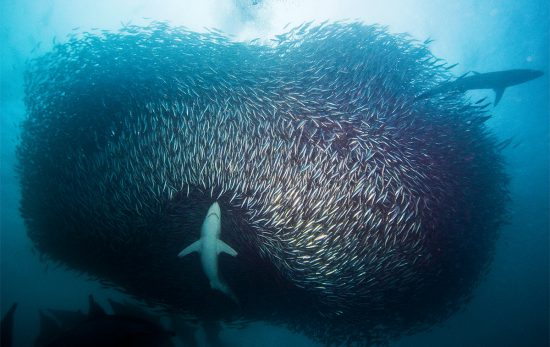Written by guest bloggers, Backpacking with the Bonds
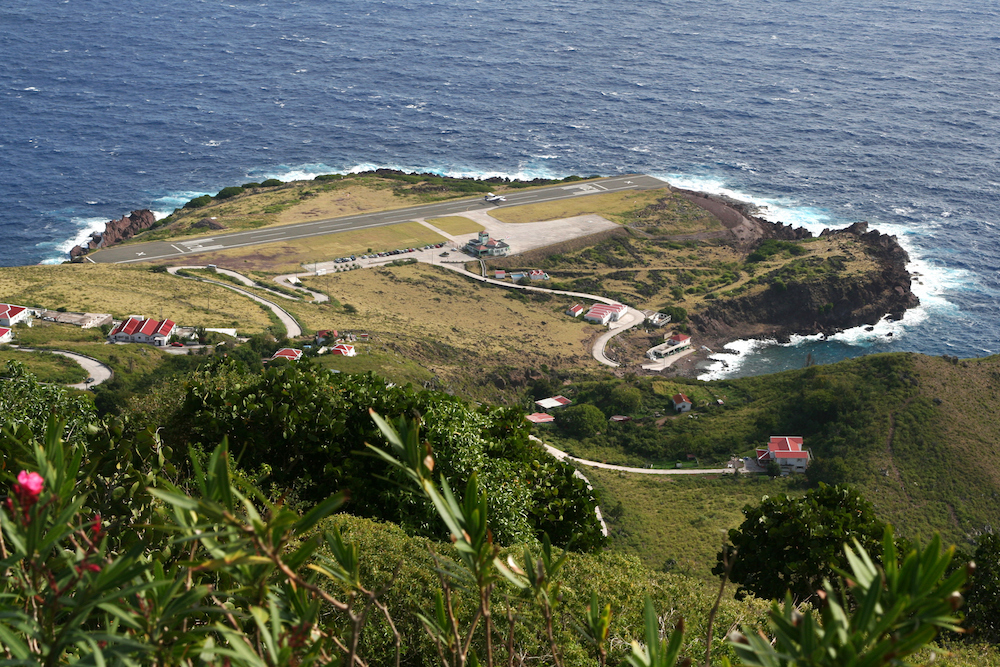
Deep beneath the surface we explored a world full of life, from sea turtles gracefully grazing, to lobsters and stingrays going about their business, to a seahorse simply floating along as we swam through a cavern of coral and rock formations. Needless to say the Caribbean island of Saba is a diver’s paradise.
It’s long been a goal of ours to get open water certified and we finally stepped up and achieved our goal this past summer. In fact, we planned our summer trip to the Caribbean around completing our open water certification. Having completed the classroom training in Washington DC, all we had left to complete were our four open water dives and now we had to select the perfect destination to do it.
As travel bloggers with a focus on the economic impact and importance of travel, we couldn’t pick just any destination to get our certification. We had to find a spectacular destination where tourism is key to the economy and, of course has amazing diving. Our research led us to the tiny (13 sq kilometers/ 5 sq miles) dormant volcanic island of Saba (the volcano is appropriately named Mt. Scenery), which is a special municipality of the Netherlands. Tourism, particularly ecotourism, is central to the island’s economy and, Saba has some of the best diving in the Caribbean thanks to conservation efforts put in place decades ago.

Saba
One of the most unique things about visiting Saba is that only a handful of travelers have actually been there. Every single person we have told about our trip to Saba has never heard of it- seriously every person. This is both unfortunate, because of the island’s beauty, and surprising because of its proximity to one of the most popular destinations in the Caribbean, St. Martin/ St. Maarten (15 minute flight away).
A visit to Saba is an adventure of a lifetime from beginning to end. The adventure starts with a thrilling landing at Juancho E. Yrausquin Airport, home to the smallest commercial runway (1,300 ft/ 396 m) in the world. If you think the landing is wild just wait until the take off! The adventure continues from there as you wind your way across the island’s narrow roads to one of a handful of hotels. We stayed in a hillside boutique hotel called Queen’s Garden Resort just north of the quaint capital, The Bottom. The hotel, where Dutch royals have stayed, has stunning views of the verdant hills and the Caribbean Sea, which makes for unbelievable sunsets. Traveling here in August meant we had nearly the whole property to ourselves!
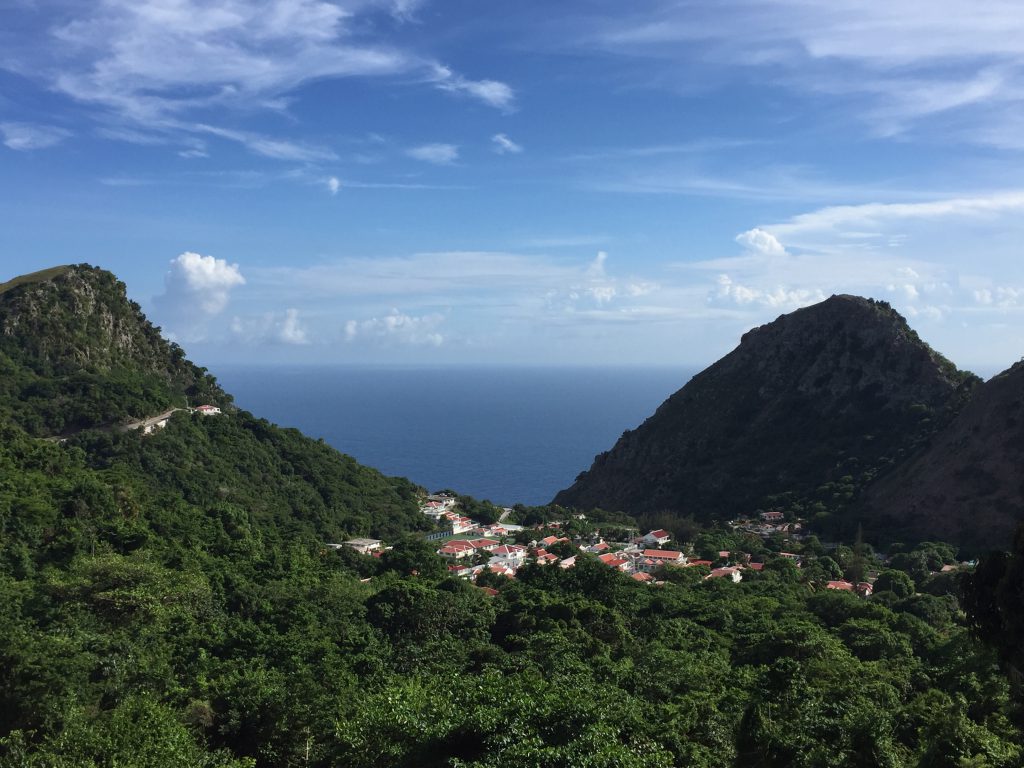
The adventure that is Saba proceeds beneath the surface. While there are excellent topside activities like hiking, one of the main draws to visiting Saba is the diving. Saba has some of the best protected dive sites and unique species found in the Caribbean.
Why Saba?
So why did we choose to go to the relatively unknown island of Saba? Well, if our description above was not enough we chose to visit Saba for two reasons: (1) Saba’s unique landscape; and (2) the importance of tourism to the economy.
Preserving the landscape, especially beneath the surface has long been a priority for the island, leading it to establish a marine park in 1987. The park is strictly regulated and has strong conservation policies to protect the marine life below the surface.
The conservation efforts have helped protect the environment for 150 different species that inhabit the marine parks waters. During our four dives (Torrens Point x2, Hot Springs, and Tent Reef) we encountered a range of them, most notably were the porcupine fish, sea slug, sea turtles, stingrays, seahorse (I know how cool!) and lots and lots of beautiful fish.
Saba’s high quality diving is also related to its natural landscape. The steep coastal drop off makes shore diving impossible and has prevented development along the coastline, meaning little to no pressure from tourism has impacted the environment. Saba’s volcanic landscape makes for a rich and diversified terrain below the surface with shallow patch reefs to deep underwater seamounts, perfect diving for every skill level. The volcanic landscape also contributed to the formation of pinnacle dives (the more experienced) and the more accessible lava field dives.
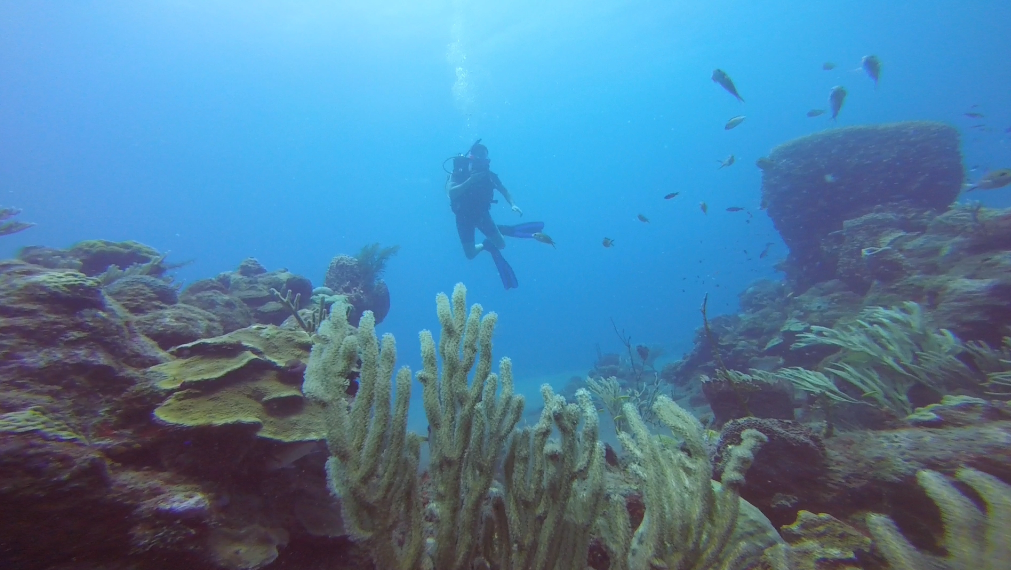
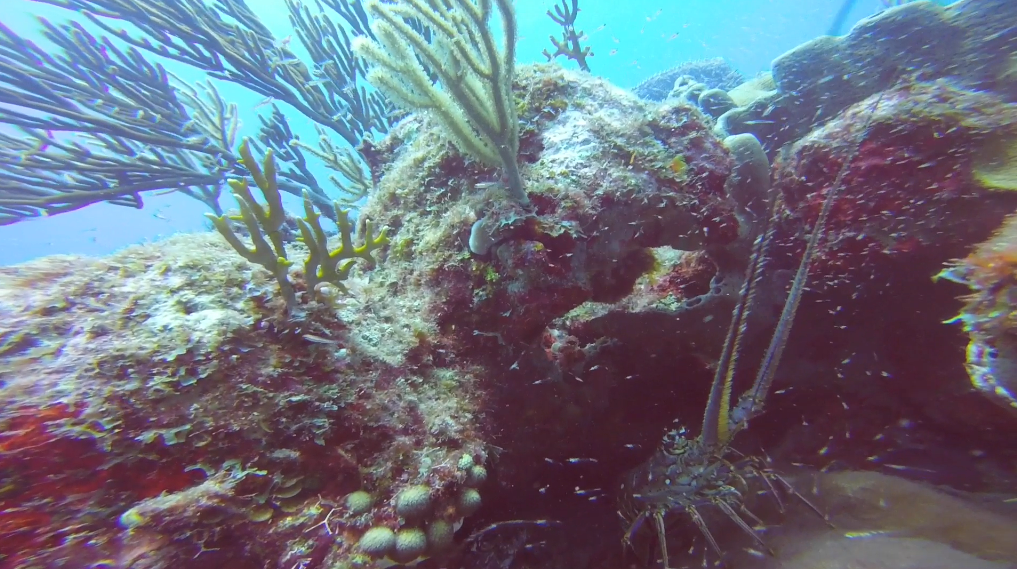
The second reason we chose Saba was because of the role that tourism plays in the economy. Saba, is known as the ‘unspoiled beauty’ of the Caribbean, and with that comes the opportunity to explore a different type of Caribbean island. Tourism is, of course important to many islands of the Caribbean, but Saba’s focus on ecotourism and diving makes it unique. You won’t find mega resorts and chain restaurants, but instead you’ll find tranquility and hospitable locals. Tourism employs a large number of locals through taxi drivers (we had the same two drivers the entire time), restaurant workers, bartenders, hotel workers, and dive operators. We dove with Sea Saba, one of three dive operators on the island and highly recommend them based on our terrific experience.
Tourism is not only a vital source of revenue for the island, but also directly contributes to the conservation efforts of the Marine Park through diving fees. Not only can you go diving to one of the best unknown spots in the Caribbean, but you can contribute to the conservation of the park.
If you’re based in North America and in search of adventure and great diving then Saba is the perfect destination for you. It’s easy to get there with lots of flights to SXM and from there you can catch one of several daily WinAir flights to the coolest airport in the world. From the moment you land to when you recount your day’s dive you will not be disappointed. Go diving in Saba this year. You won’t regret it.
